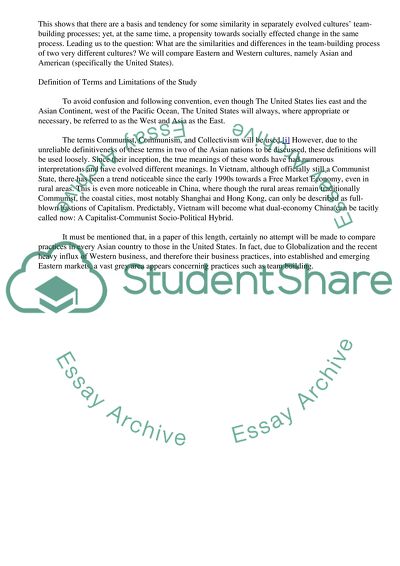Cite this document
(The Team-Building Process Essay Example | Topics and Well Written Essays - 1500 words, n.d.)
The Team-Building Process Essay Example | Topics and Well Written Essays - 1500 words. https://studentshare.org/management/1704815-the-team-building-process
The Team-Building Process Essay Example | Topics and Well Written Essays - 1500 words. https://studentshare.org/management/1704815-the-team-building-process
(The Team-Building Process Essay Example | Topics and Well Written Essays - 1500 Words)
The Team-Building Process Essay Example | Topics and Well Written Essays - 1500 Words. https://studentshare.org/management/1704815-the-team-building-process.
The Team-Building Process Essay Example | Topics and Well Written Essays - 1500 Words. https://studentshare.org/management/1704815-the-team-building-process.
“The Team-Building Process Essay Example | Topics and Well Written Essays - 1500 Words”. https://studentshare.org/management/1704815-the-team-building-process.


